|
Big Cypress National Preserve is a diverse landscape, where one can see cypress and mangroves, alligators, and panther tracks all in one day! Just like the diversity of the land, the National Park Service manages for a diversity of activities within the national preserve that national parks typically do not allow. 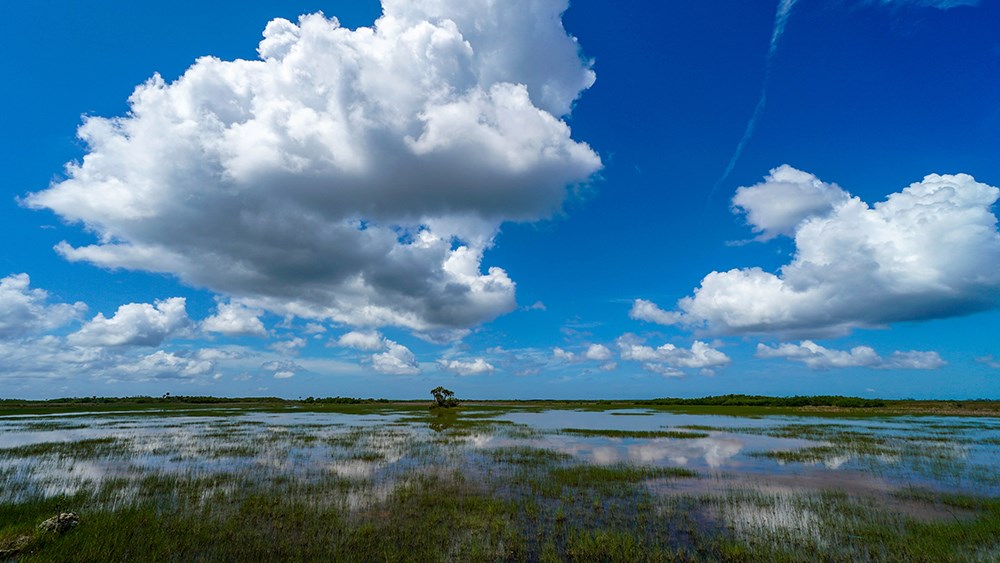
NPS In the 1960s, plans for the world’s largest Jetport, to be constructed in the heart of the Greater Everglades of south Florida, were unveiled. This project, and the anticipated development that would follow, spurred the incentive to protect the wilds of the vast Big Cypress Swamp. To prevent development of the Jetport, local conservationists, sportsmen, environmentalists, Seminoles, Miccosukees, and many others set political and personal differences aside. The efforts of countless individuals and government officials prevailed when, on October 11, 1974, Big Cypress National Preserve was established as the nation’s first national preserve. 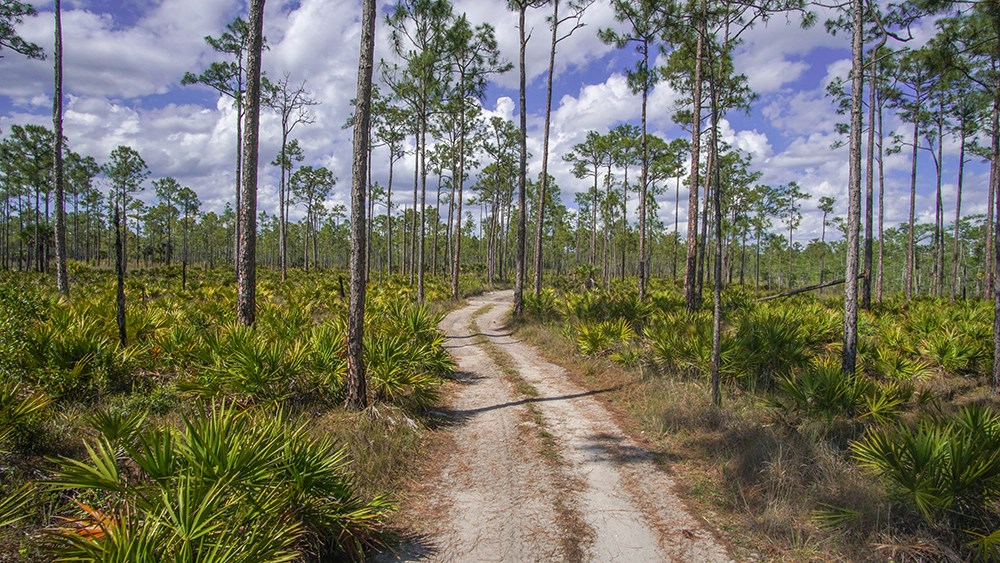
NPS Traditional and Customary UsesA wide variety of traditional, consumptive and recreational activities were carried out in Big Cypress before the inception of the preserve. Hunting, oil and gas extraction, operation of off-road vehicles, private land ownership, traditional use by Miccosukee and Seminole Tribes, and cattle grazing were allowed for by the US Congress through the preserve’s enabling legislation. These six traditional activities would not typically be allowed in a conventional national park. Private Land OwnershipBefore becoming a national preserve, many individuals lived and recreated within the swamp. When the preserve was created in 1974 (1988 within an area known as the Addition Lands), a person in legal possession of land, after meeting certain criteria, became exempt from federal acquisition. The right to land ownership was secured by the preserve’s enabling legislation. Hundreds of residences and primitive camps pepper the landscape of the preserve; several can only be reached by off-road vehicle or airboat. Off-Road Vehicle UseGaining access to private lands, locations for hunting or exploring the remoteness of the swamp can require specialized transportation in Big Cypress. Customized four-wheel drive vehicles called swamp buggies and airboats provide passage through the many difficulties found in the remoteness of the preserve’s 729,000 acres. Permits and vehicle inspections are required to explore the preserve’s network of off-road vehicle trails. Explore more information online or visit the off-road vehicle office at the Nathaniel P. Reed Visitor Center. 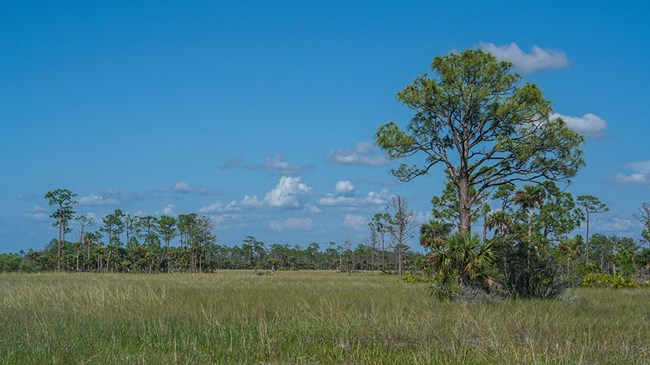
NPS Traditional Use and Occupancy by Miccosukee and Seminole TribesThese two tribes still call Big Cypress and the Everglades home and continue to access resources as their ancestors did. Using timber for the construction of traditional shelters called “chickees,” or harvesting plants and animals for personal use. The Miccosukee and Seminole Tribes have their legacy and traditional way of life secured through the creation of Big Cypress National Preserve.Oil and Gas ExplorationTo date, only two reserves of oil have been found on the landmass of Florida; one of these sits nestled under the Big Cypress, the Sunniland Formation. Oil was first discovered in the Sunniland area in 1943, and has continued to be extracted from beneath lands that are now part of the preserve. Oil fields in Big Cypress are located in the Raccoon Point and Bear Island areas. Private companies lease the mineral rights. The state and National Park Service monitor and oversee the extraction of oil.Cattle GrazingDespite no active leases for grazing in Big Cypress today, the cattle industry still thrives in south Florida. At one time ranchers called “crackers” worked cattle on the land in Big Cypress. These ranchers used bullwhips and dogs instead of lassos, hence the name “cracker.” Ranchers also used a smaller “scrub cow” to graze the thick brush found in Big Cypress. When the preserve was created this traditional use was included in the legislation.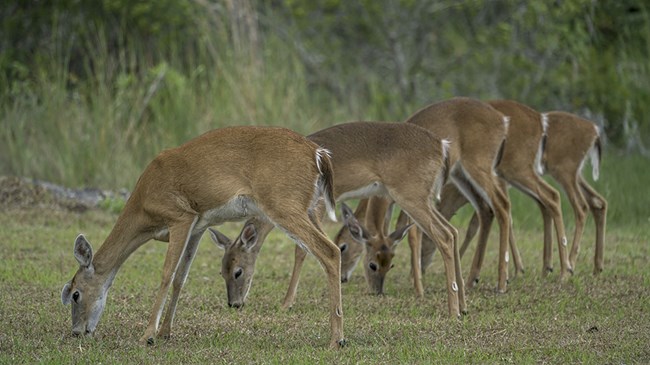
NPS HuntingA long-standing recreational activity, hunting continues at Big Cypress today. Common species of interest are whitetail deer (fall season), turkey (spring season), and feral hogs.A valid Florida hunting license is required, other special permits may be required. Fishing and frogging are also allowed year round with a Florida freshwater fishing license. Big Cypress National Preserve allows for a wide range of activities that many National Park Service units do not manage for. Whether it be hunting, hiking, fishing, canoeing, “ORVing,” or just plain relaxing, Big Cypress National Preserve offers to the public diverse opportunities to explore this varied landscape. 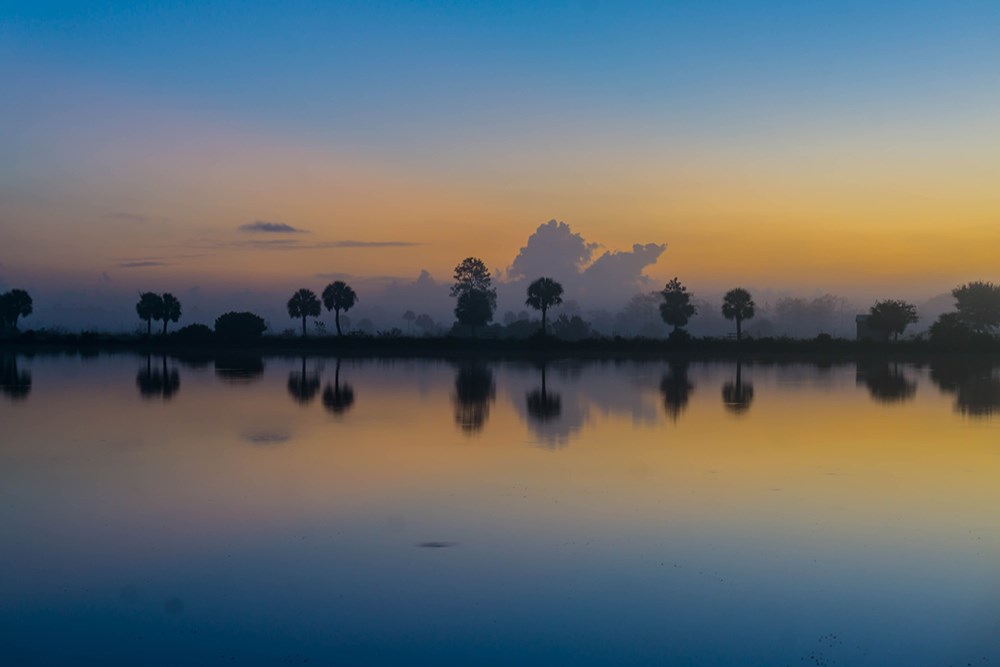
NPS |
Last updated: September 20, 2022
